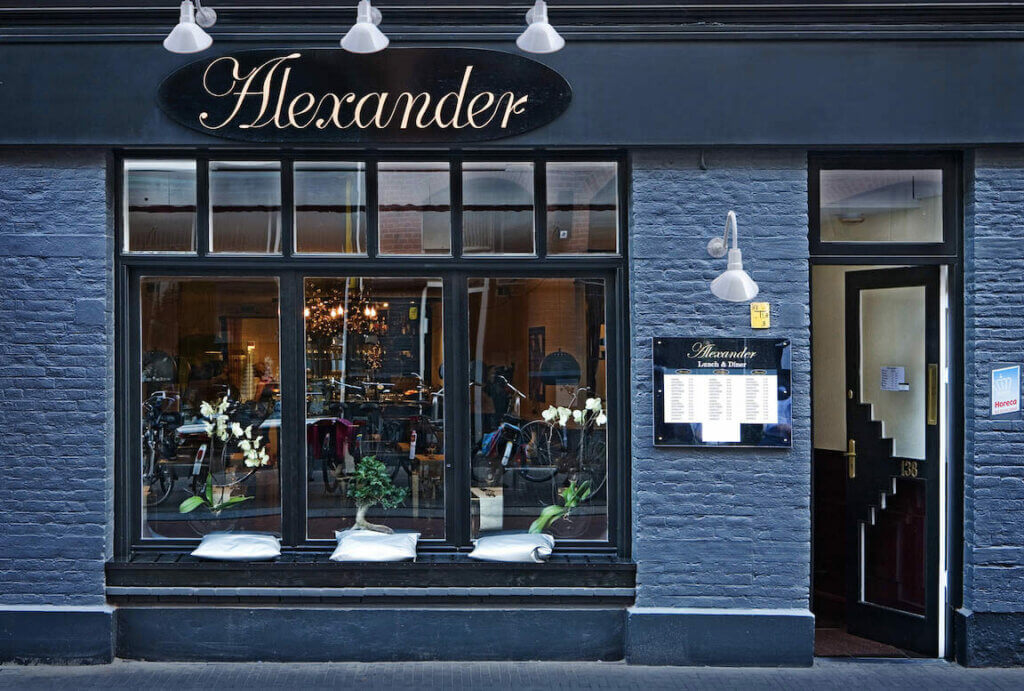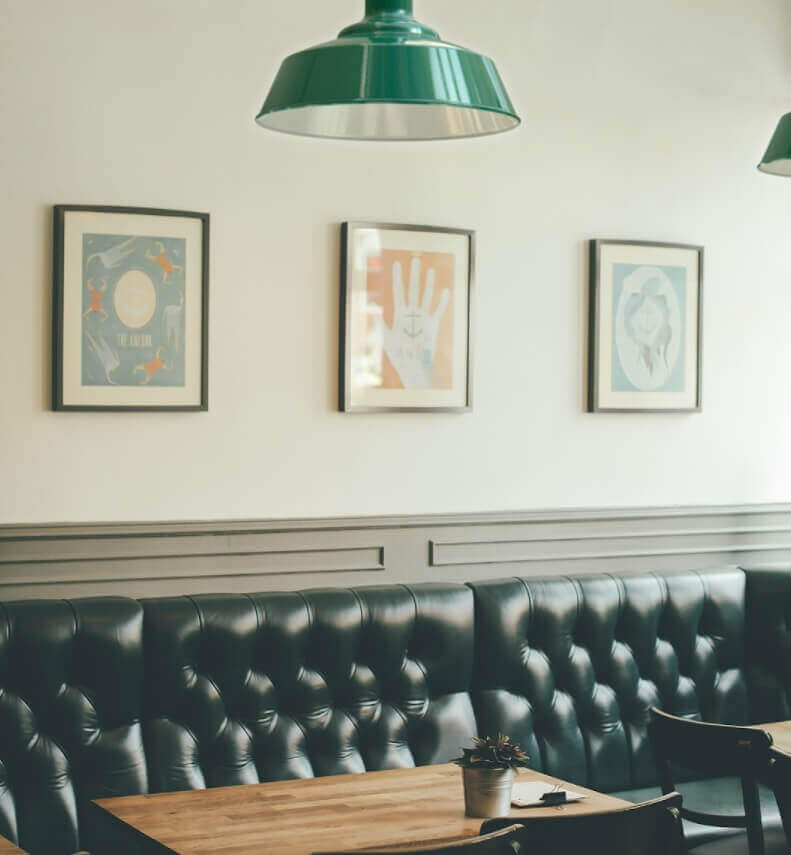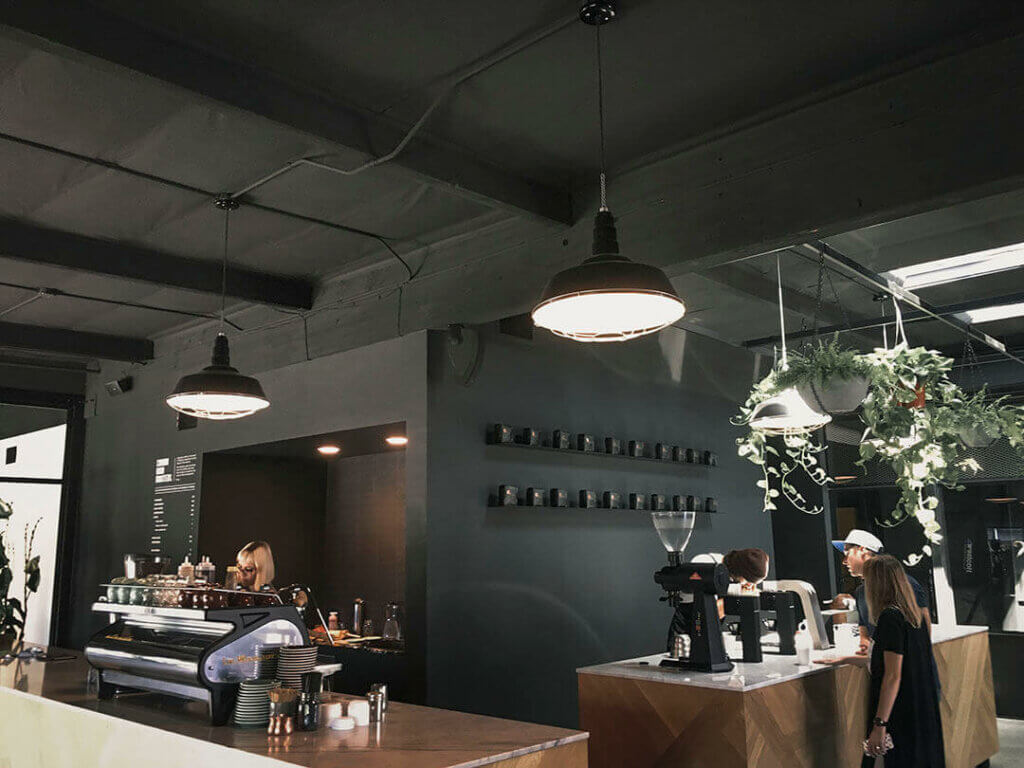Your cart is currently empty!
Lighting For Food: A Gastronomical Adventure into Restaurant Lighting
Creating the right atmosphere for a restaurant is a tricky and often overlooked element of the food and service industry. Oftentimes, when we see the adventures of our favorite tv chefs going around and telling local dive’s all the things they’re doing wrong with their business, the criticism is often focused on the food and decor.
But a lot of what these shows miss is how much of what makes a delicious meal and a nice atmosphere is dictated by what we can see. Given that the main way we see is by the lighting of a room, it’s not exactly a stretch to say that a restaurant’s success is in part dictated by the quality of lighting they have on hand.
In fact, choosing the right lighting methods for a food-based business is about as integral to the success of that business as just about anything else, including the food.
So, with this blog entry, we’re going to deep dive into the heart of the question regarding the full nature of what to expect when lighting a space for hungry customers and what sort of lighting works best.
Lighting for the People
The art of gastronomy is defined by the ability to present food in such a way that delights the senses far beyond the simple process of taste. It’s no secret that when we eat, we do so with a lot more than just our taste buds, with sensations such as smell, sight, and texture becoming huge factors.
It’s no secret then, that in the restaurant business, the customer comes first as well, as their experience of your restaurant is going to be dictated by a whole host of factors with sight – and by extension, the lighting – being chief among them.
Good lighting for a customer is about combining the benefits of natural light with the flexibility of electric lighting. Daylight is easily the most comfortable and natural form of lighting humans can enjoy so often a restaurant or cafe will prioritize that above most other light sources, with large windows and open spaces being key.
In the event that daylight is unavailable or difficult to achieve fully in the space, then it’s often the goal of a restaurant too, at the very least, work to imitate these conditions as much as possible. Given that most humans enjoy their food at specific times of the day – breakfast, lunch, and dinner – imitating the periods of the day these meals occur are crucial.
- Breakfast: Breakfast is, to many, the most important meal of the day and often coincides with the morning – the brightest time of the day. As a result, lots of light is required to imitate the sun as it emerges fresh from under the horizon. If you’re running a cafe or diner that specializes in breakfast foods, keeping things as bright as possible will be key.
- Lunch: Lighting for lunch is a whole different bag, with more moderate and softer forms of lighting being key. If you’re running a fast food place, like a burger shop or similar fast-food spots, then keeping things evenly lit without any frills will serve you well.
- Dinner: Given that dinner almost always occurs during the time of day when natural light is at its lowest ebb, it’s pretty easy to assume that you’re going to keep your lighting pretty low-key. Lots of soft, ambient lighting is key and will help create a comfortable and intimate atmosphere for customers to enjoy.
It’s All About the Lumens
Ok, so we know that certain types of light for certain times of the day, and their respective meals, will be a big deal when dictating how much a customer might enjoy your food. But how do we create these conditions?
Well, much like our guide on commercial light, it all comes down to the science of lighting a space. In short – the lighting of a space is going to be dictated by how much can be generated inside of it and what kind of effect you’re looking to achieve. Other factors like ceiling heights and the brightness of the bulb are contributing factors.
Most of the time, when making measurements to figure this sort of thing out, you’ll see something called a “foot-candle” – which measures the number of lumens per foot.
Different spaces require different amounts of foot-candles and lumens. So we’ve provided a handy guide below to help you figure out what works best:
- Retail: 50 foot-candles
- Department Store: 40 foot-candles
- Autoshop: 50 foot-candles
- Classrooms: 40 foot-candles
- Factories: 30-100 foot-candles
- Hallways: 20-25 footcandles
- Warehouse: 10-30 foot-candles
Somewhere in the middle of that, you’ll figure out that a restaurant requires between 10-50 foot candles of light, depending on the type of restaurant you’re running.
To calculate the amount of light you’d need, simply multiply the space’s total square footage by the suggested number of foot-candles and then divide that number by the lumen output of the fixture you wish to use.
As an example, let’s say you have a neat little cafe that operates in a space stretching 50-by-64 feet in total surface area and comes with a 16ft high ceiling. Let’s say also that you’re planning on lighting this space with one of our lovely steel barn-style lights – such as the casually handsome Carson light. The Carson operates optimally at 200 watts or 18000 lumens when using an LED bulb.
Using our maths skills, as described above, we can deduce that we would need approximately 9 lights in total to create a sufficiently bright space for our little cafe.
Naturally, this changes for the type of atmosphere we’re hoping to achieve. The requirements for a neatly lit restaurant for evening dining are considerably different, needing closer to only 10 foot-candles to appropriately light. If we used the same equation and conditions, and once again based our calculations on our own Carson ceiling light, we would find we would only need 2 lights.
Creating the right atmosphere for a bustling restaurant or cafe is a huge stage of the business process and often crucial to a successful dining experience for customers. While there’s a lot that can be done with decor and setting, the heavy work is going to be done with the type of lighting you choose to employ.


